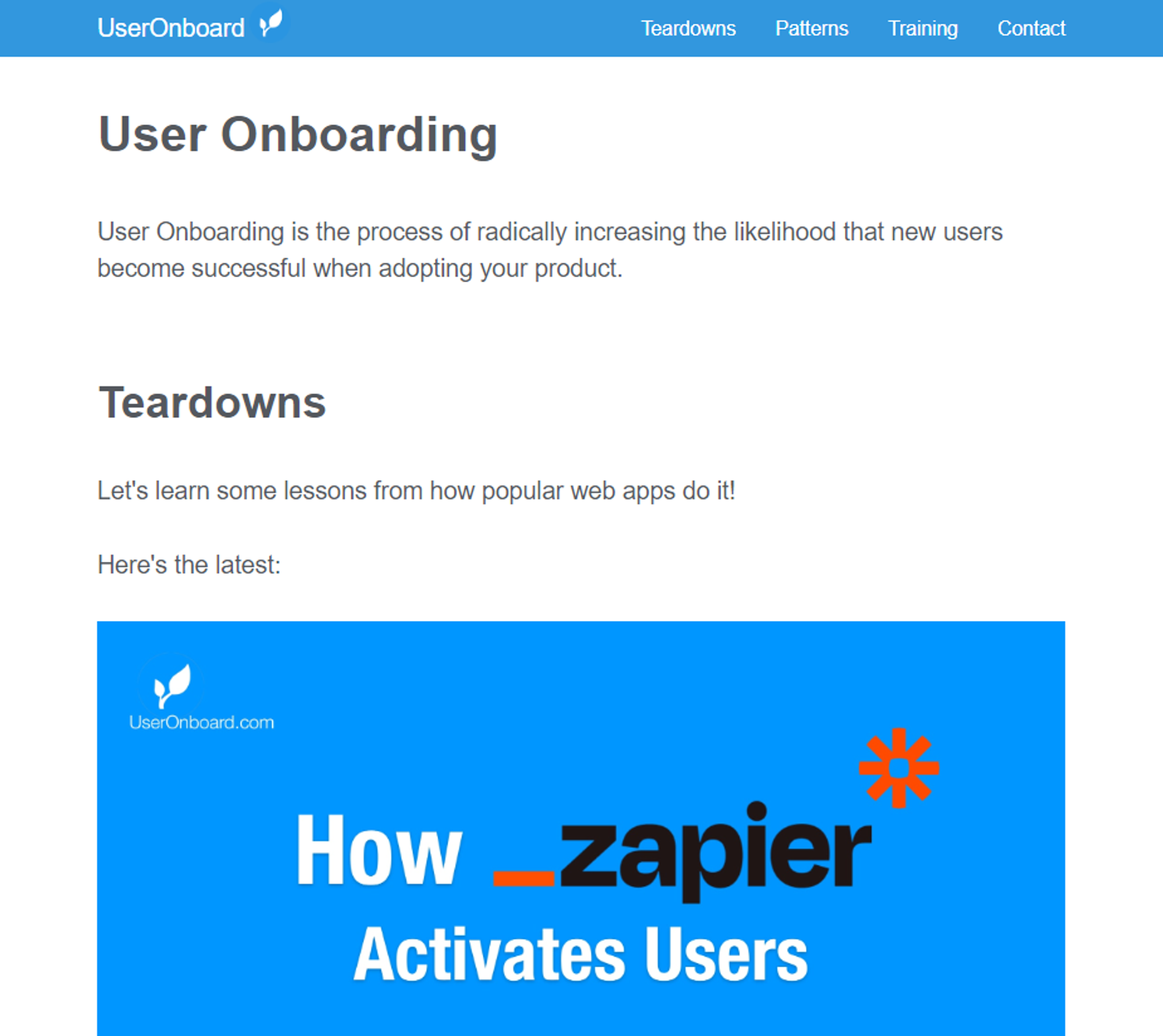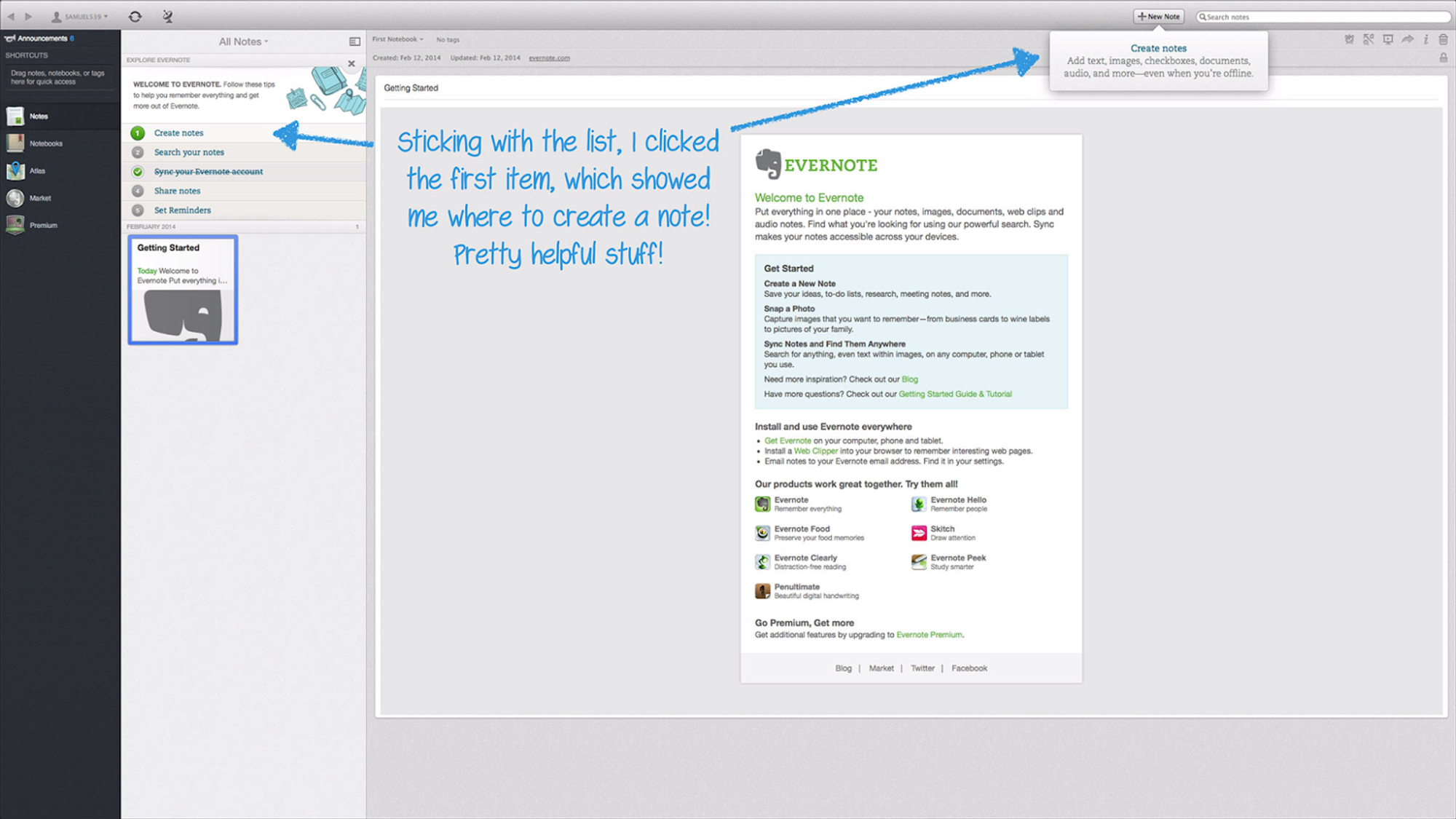5 Tips to Enhance Your User Onboarding Experience
Last updated on Mon Aug 12 2024
It's a common issue that many people sign up on websites and applications but don’t use them. How can you increase user activation? How can you convert sign-ups into active users?
In this article, we first discuss the challenges of user onboarding and then explore how to create a successful user onboarding experience. Ready for the tips? Let’s go!
Understanding the Challenges of User Onboarding
It's challenging to design a user onboarding process that works. You have a very short period to provide a summary of your product and its characteristics. It's your task to let them use the application without boring people with lengthy explanations which makes the onboarding process take too long.
You also need to present your product in the most straightforward manner possible. It is necessary to effectively ignore everything you know and approach the product as if it were unknown to someone after spending weeks or months building it. Nobody wants to waste fifteen minutes learning how to use an app that they may or may not utilize.
Understanding the importance of clear communication can be further improved by our post on product launch communication plans.
Here are five tips on how to create a successful user onboarding experience:
1. Learning From Best Practices
It's a good idea to take both good and bad onboarding experience examples into account when developing your user onboarding. Samuel Hulick's blog, UserOnboard, is an excellent resource for this. This is where you can read in-depth analyses of the onboarding processes for various products and gain knowledge from his perceptive analysis.

Another valuable resource is the book "The Elements of User Onboarding" by Samuel Hulick. It provides a deep dig into the best practices for user onboarding, offering practical tips and examples that can be applied to your product.
2. User Activation During Onboarding
Think about what constitutes a successful onboarding process, including the parameters you want to track.
Generally speaking, user activation is reached when the user begins to actively use the product's key features. For instance, if a screenshot tool is used, activation can be tracked once the user begins to share screenshots with coworkers or customers. To see this idea in action, check out our case studies on how to share product updates successfully.
In addition to measuring activation, it’s essential to set clear goals and milestones for users to achieve during their onboarding journey. These milestones can help guide users through the product and ensure they experience the value of your application quickly.
3. Create Something for Your Users to Try Out
Many people dislike lengthy multi-step tutorials. You should allow your users to try some of the product features during their onboarding experience. This places the emphasis on the user rather than the product and allows them to be more actively involved in the process. Learn more about engaging users during onboarding by reading our post on collecting and managing feature requests.
To make this approach even more effective, consider incorporating interactive elements such as guided tours, checklists, and progress bars. These tools can help users stay engaged and provide a sense of accomplishment as they complete each step.
4. Show and Tell: Tooltips
The onboarding experience is about dialogue, not a monologue. Many people still value tooltips, so think about the best locations for placing suggestions. This will allow you to provide assistance when the user needs it and avoid overwhelming the user during the onboarding. To gain further insights into user engagement tactics, check out our article on feature discovery strategies.

Tooltips should be concise and contextually relevant, offering just enough information to help users understand the feature without interrupting their workflow. Additionally, providing an option to dismiss or hide tooltips can enhance the user experience by allowing them to proceed at their own pace.
5. Test Your Onboarding Experience
Using beta testers is one approach to test your onboarding process. You may watch how they move, what steps they take, and potential trouble spots. Ask them to fill out a questionnaire regarding the encounter as well. Seeing your users in action, getting their honest comments, and understanding how they are interacting with your onboarding procedure can all teach you a lot. Check out our post on several forms of consumer research surveys for SaaS for more thorough feedback approaches.
In addition to beta testing, consider implementing A/B testing to compare different onboarding flows and identify which version performs best. Continuous testing and iteration are key to refining your onboarding process and ensuring it meets the needs of your users.
Websites with Great Onboarding Experiences
Trello:
Trello's onboarding is praised for its simplicity and interactivity, allowing users to create boards and cards straight away with little guidance
Slack:
Slack provides a thorough and interesting tutorial that keeps users interested while highlighting important capabilities.
Duolingo:
Duolingo's onboarding effectively introduces users to its language learning platform through interactive tutorials and immediate practice sessions, making the learning experience engaging and intuitive.
Dropbox:
Dropbox uses a clean and straightforward onboarding process that guides users through setting up their account and syncing files, ensuring they quickly understand how to use the cloud storage service efficiently.
These examples highlight the importance of balancing information and interactivity to keep new users interested and active. Each of these platforms has found a unique way to engage users from the outset, ensuring a smooth transition from sign-up to regular use.
Conclusions
There might not be such a thing as a perfect onboarding experience, but there are many excellent examples to learn from. They can help you identify the best practices for your onboarding process. Remember, even if you think your product is self-explanatory, even the simplest app should aim to engage the user and engagingly explain the product. Explore our post on creating a feature prioritization matrix for more tips and best practices.
By following these tips and continuously refining your onboarding process, you can improve user activation, reduce churn, and ultimately increase the success of your product. Effective onboarding is not just about introducing users to your product; it's about ensuring they understand its value and feel confident using it.